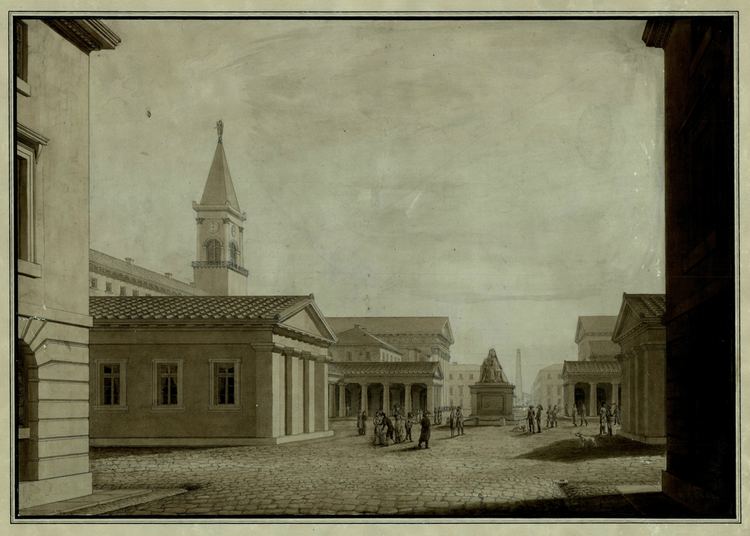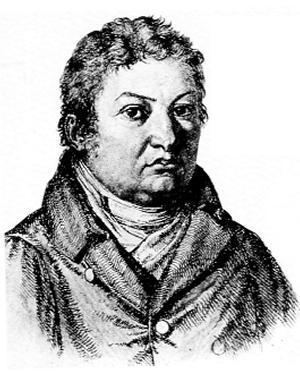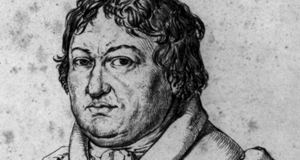Name Friedrich Weinbrenner Role Architect | ||
 | ||
Books Friedrich Weinbrenner, 1766-1826: An Exhibition Arranged by the Architectural Association, London : Architectural Association, London, 7 June-26 June 1982, Fitzwilliam Museum, Cambridge, 13 July-30 August 1982, Mackintosh School of Art, Glasgow, 1 October-25 October 1982 | ||
Structures Kurhaus of Baden-Baden | ||
Friedrich Weinbrenner (24 November 1766 – 1 March 1826) was a German architect and city planner admired for his mastery of classical style.
Contents

Birth and education
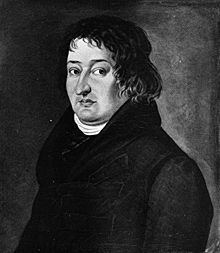
Weinbrenner was born in Karlsruhe, and began his career apprenticed to his father, a carpenter. He worked as a builder in Zürich and Lausanne starting from 1788. He arrived to Vienna in 1790 and began his study of architecture, largely self-taught. In 1790-91 he studied at the Bauakademie of Vienna and Dresden, then, in 1791-92, spent several months in Berlin where he was exposed to Palladian architecture. Carl Gotthard Langhans (1732–1808), David Gilly (1748–1808) and Hans Christian Genelli (1763–1823) were influential in the formation of Weinbrenner's architectural thought. He spent the years 1792 to 1797 in Italy, where he was part of the circle around Carl Ludwig Fernow (1763–1808) in Rome. His study of the ancient buildings of Rome, Pompeii, Herculaneum and, especially, Paestum were foundational to his later work. He was among the first German architects to see the early Doric buildings at Paestum.
Career
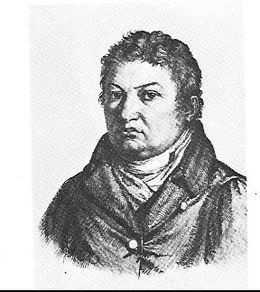
Upon returning from Italy, Weinbrenner worked briefly in Strasbourg and Hanover, but established himself in Karlsruhe, where he would make his career as the official architect, working for both government and private clients. Karlsruhe was established in 1715 to replace a former capital and become the capital of the newly created Grand Duchy of Baden – now a central German state but then a sovereign principality. A generation of architects were trained under his supervision, and in 1825 he helped establish the Polytechnic School in Karlsruhe. With the architects he trained and the publication of his work, a "Weinbrenner style" of Classicism developed. Weinbrenner is, of course, the architect principally responsible for creating Karlsruhe as a Classical city and, beginning with his 1797 General Plan, for the development of the city plan with an official Protestant church (Stadtkirche) (1807–15), City Hall (1821–25) on the Triumphal Road leading to the Princely palace. Most of Weinbrenner's buildings were reconstructed in the 1950s following their destruction in the Second World War.
Buildings in Karlsruhe
